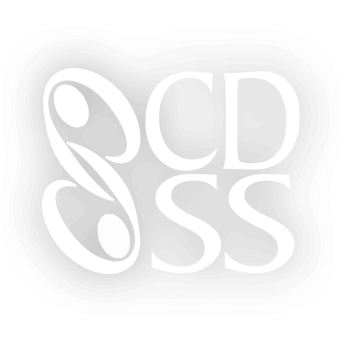Boosting AttenDANCE
June 21, 2018
Join us for the first in a series of online events designed to facilitate the sharing of resources, knowledge, and ideas among dance organizers. We’ll address the topic of Boosting AttenDANCE by hearing tried-and-true stories from members of several dance communities that are experiencing success in this area.
Note: We didn’t capture the beginning of the chat. The recording begins with Jo Mortland of Chicago Barn Dance Company speaking. Because the beginning of the Web Chat wasn’t captured, we’re offering the entire narrative from our first guest speaker below.
Jo Mortland's Presentation
“Hi. This is Jo Mortland, from the Chicago Barn Dance Company. The agenda for today says I will “tell stories on how we have increased attendance”, and I’ve decided to actually tell it in story form. This will help keep me on track, highlighting the salient points. It might also be easier for the listeners to recreate the path of a new dancer. My information comes from talking to many of our dancers, both new and experienced.
In the past three years, our average attendance has risen from about 40 to about 80. Part of this is due to the room we now use. For the sake of this story, we will say that I am a middle aged woman in Chicago, and a couple of years ago was looking for something fun to do. I checked online, on Meetup.com, and saw a dance listed for Monday night. I decide to go.
The first thing I noticed about the Irish American Heritage Center was the large, free parking lot! In Chicago, this is a real plus! (Not mentioned in the story is that we are accessible to public transportation as well.)
Even better, when I reached the fourth floor ballroom, I found a beautiful, big, brightly lit, air-conditioned space with a wooden floor. My first impressions of this place were very positive.
I approached the admissions table, and was warmly greeted b the people sitting there. I was offered a name tag, and a coupon that would let me in to my second dance for free, if I returned within a month. I was informed that a lesson was about to begin.
Each week, the caller offers a lesson before the dance. I noticed that some experienced dancers joined in, to help. The caller taught us some of the basic “alphabet” – the moves that make up the dances – as well as some of the contra culture, like being able to ask anyone to dance, being allowed to decline an invitation to dance, and about our custom of dancing with different people for each dance. We, the newcomers, were encouraged to dance with different people as a good way to learn.
When the dance started, one of the experienced dancers who had helped with the lesson asked me to dance. During the course of the evening, a number of experienced dancers asked me to dance, some of them women. We had been told at the lesson that anyone can dance either part in this community. I noticed that a few of the dancers had included their preferred personal pronoun to their nametags. I saw that this group is diverse in terms of not only gender, but also race and age. There were a couple of families who brought their pre-teen aged children to the event.
After the third or fourth dance, the caller made an announcement from the stage welcoming newcomers. He said that the Chicago Barn Dance Company wanted everyone to feel happy, comfortable and safe. He pointed out any Board members who were at the dance that night, and said that if we had comments, questions or concerns, those were the people to talk to. The Board members had buttons on with their names.
I was curious about his use of the word “safe”, as I felt perfectly comfortable. In the ensuing months that I danced there, I learned that Chicago had a male dancer in the past who behaved inappropriately with women dancers, particularly the new young women. The man had been talked to repeatedly, but continued with excessive touching and suggestive language. The man was told, by letter, to stop coming to the dances until the Board had a chance to meet with him. After that meeting, the Board felt that the man showed no concern over his behavior, and that there had been such a breach of trust between him and this community, that he was permanently banned. I was impressed that this issue had been dealt with.
At the break, there was a big selection of snacks, provided weekly by volunteers. The bar at the end of the room where the snacks were served made a good gathering place for schmoozing during the break.
A young woman, one of the Board members, introduced herself to me. She said that if I was comfortable giving her my email address, she would send me more information. I was quite comfortable with it, and within a couple of days, I received a message from her welcoming me once again, hoping I’d come back, and giving me the website address for Chicago Barn Dance Company (there are flyers out on a table for this also). In addition, she told me how to sign up for the weekly electronic newsletter, and how to join the Chicago Contra Friends Facebook page.
Once I looked at the Facebook page, I saw that a number of people had taken photos at the dance. And take photos at every dance. There I was in one of them, looking like I was having fun! And the people who were tagged helped me put names and faces together.
To summarize my first experience and why I continue to go to this dance, the space is excellent, the people are friendly and helpful, the community “invests” in newcomers, and the very active Facebook presence is a plus. All communities have their issues, as does this one. But this group has a lot going for them, too.”

 Thanks to the Massachusetts Cultural Council for their generous support.
Thanks to the Massachusetts Cultural Council for their generous support.